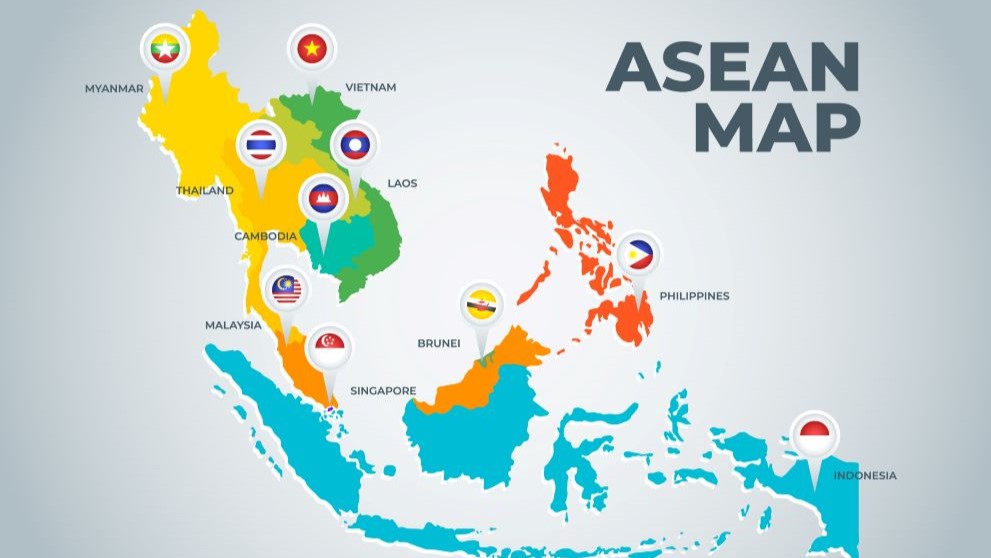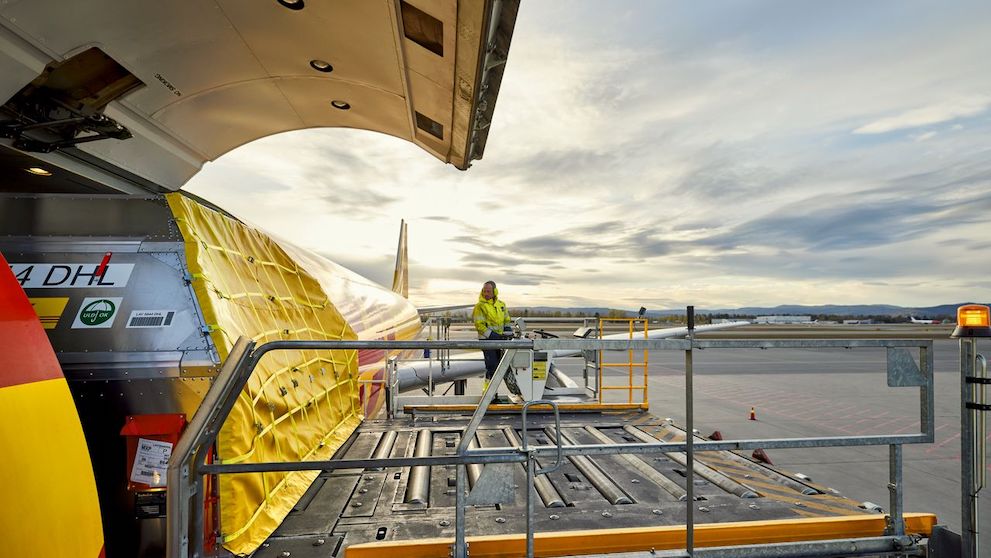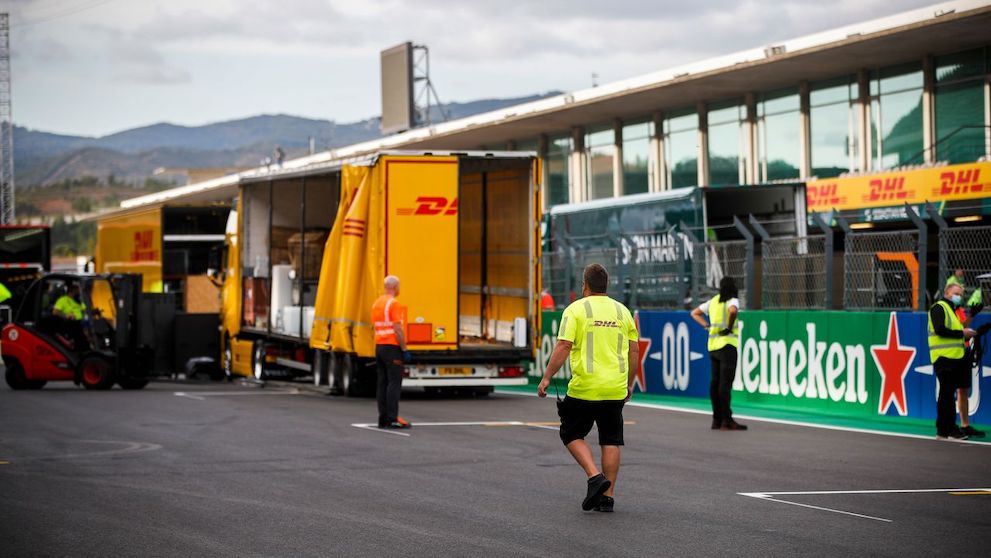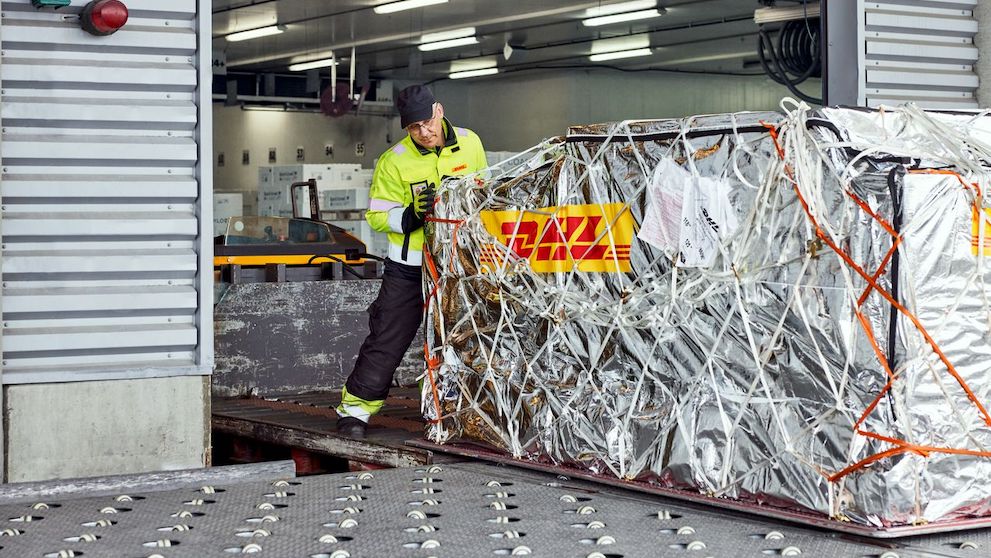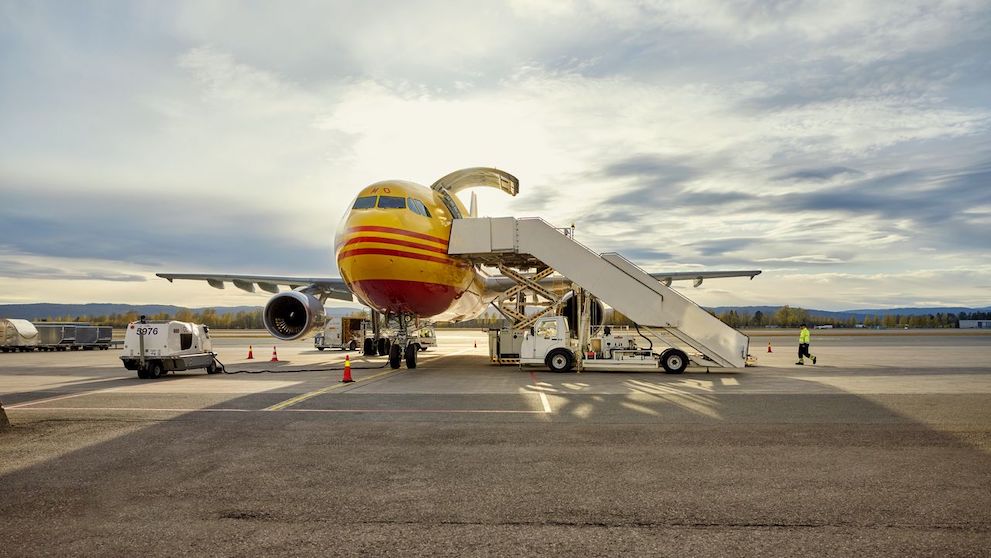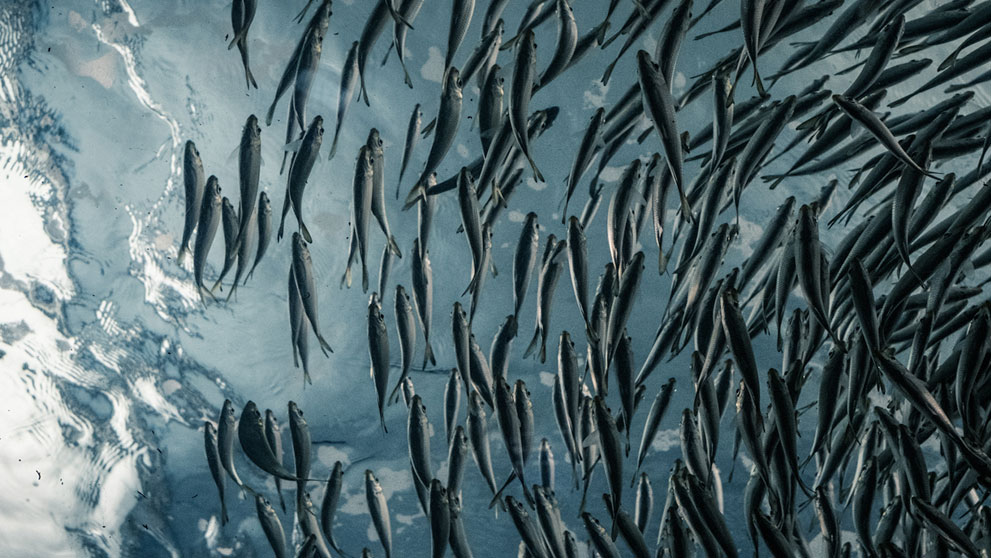As the global economy strives to recover from the pandemic, businesses are actively seeking means to emerge stronger. Against this backdrop, free trade agreements (FTAs) offer Australian businesses opportunities to capitalise on at an opportune time.
Being a highly trade-exposed country, Australia already shares good economic ties with many countries, including those in the Asia Pacific (APAC) region, which encompasses Oceania, East Asia, South Asia, and South-East Asia. In fact, according to numbers provided by the Australian Trade and Investment Commission, more than 70% of Australia’s trade is with rapidly growing economies in the APAC region. As the nation welcomes a new government, there are also positive signs of renewed interest in Australia’s relationship with countries in South-East Asia. Among the efforts to establish closer ties include greater opportunities for economic cooperation. Adding to the rosy picture is the optimistic business outlook, where 52% of Australian traders anticipate greater demand from new and old customers as shared in the DHL Export Barometer 2022 report. These augment the advantages offered by the FTAs, creating advantageous conditions for Australian companies to explore opportunities in the APAC market.
However, the lack of awareness about FTAs and their benefits noted in the Barometer report can prevent Australian companies from realising their true potential. To help your business make full use of the favourable conditions to maximise your growth in APAC, this article explores Australia’s FTAs with its top trading partners in the region.
What are free trade agreements?
Before your business can fully leverage the benefits of FTAs, it is crucial to first understand what free trade agreements are. An FTA is a legally binding treaty between countries that aims to reduce or eliminate trade barriers, such as tariffs and quotas. With lower or waivered duties, Australian companies will be empowered to price their goods more competitively. By making it easier for goods and services to cross borders, FTAs also offer opportunities for Australian firms to tap into new markets or expand their existing operations in countries under these pacts. As a result, businesses can enjoy greater sales and growth, making FTA an invaluable tool to help Australian companies gain an edge over international competitors.
Australia’s FTAs and opportunities in the APAC market
1. China
Australia and China have a long history of trade for a diverse assortment of goods. In 2021 alone, outbound products totalled US$116.82 billion, as reported by Trading Economics, making China the largest export market for Australia. Trade between the two countries has also grown rapidly over the past two decades. Notably, the Barometer report revealed that exports to the region have increased by 6%. With the China-Australia Free Trade Agreement (ChAFTA) further underpinning bilateral economic ties, Australian businesses from almost all industries will benefit from the following terms in the FTA:
- Elimination of 12 to 25% of tariffs on agricultural products, such as dairy, beef and wine
- Australia-only duty-free quota for wool and continued access to China's WTO wool quota
- Zero tariffs on iron ore, gold, crude petroleum oils and liquefied natural gas, which are the top exports from Australia to China
- Elimination of up to 10% of tariffs on resources and energy exports, and pharmaceuticals
- Elimination of tariffs on car parts and engines, plastic products, opals and other precious stones
Apart from these favourable terms, the Chinese market offers Australian businesses access to a rapidly growing middle-class population that demonstrates a greater willingness to spend. This comes at a time when China is focusing more on infrastructure investment. With these trends, businesses in sectors such as agriculture, resources and energy can expect promising opportunities as demand for these exports increases in tandem with China’s industry and construction needs.
2. Japan
Apart from China, Japan is another major trading partner for Australia. In fact, the Asian market contributes 16% of the demand for Australian exports, as noted in figures compiled by Trading Economics. Japan also shares the closest economic relationship with Australia, with trends suggesting deepening bilateral ties in multiple areas ranging from research to commercial arrangements. In terms of the economic aspect, the outlook is encouraging as with Japan’s reopening of borders, demand for food and beverage (F&B) is expected to increase. With Australian meat, seafood and dairy industries among the top ten exports to Japan, a better-performing F&B industry offers good prospects for Australian firms. As a bonus, businesses will also be able to take advantage of the following terms in the Japan-Australia Economic Partnership Agreement:
Tariff reductions on beef, which provide Australia with a significant advantage over its major competitor, the U.S.
Elimination of the 15% tariff on bottled wine
Elimination of tariff on bulk wine
Duty-free quotas for Australian cheese
New opportunities for ice cream and frozen yoghurt products
Phasing out tariffs on tuna and Atlantic salmon
3. South Korea
South Korea is Australia’s third largest trading partner in the APAC region, with both countries sharing close economic ties. This is reflected in figures shared by the Observatory of Economic Complexity (OEC), which showed that the volume of Australian exports to South Korea has been growing at an annualised rate of 4.41% since 1995. As South Korea and Australia have entered the Korea-Australia Free Trade Agreement (KAFTA), Australian businesses will enjoy the following benefits:
Elimination of up to 300% of tariffs on agricultural exports, such as beef, wheat, sugar, dairy, wine, horticulture and seafood
Elimination of tariffs on resources, energy, and manufactured goods
These FTA terms are especially advantageous for Australian businesses as the main exports to this Asian market include energy, resources and agricultural products. Additionally, as the U.S. is a strong contender for areas such as beef products, these FTA terms can further level the playing field for Australian companies.




